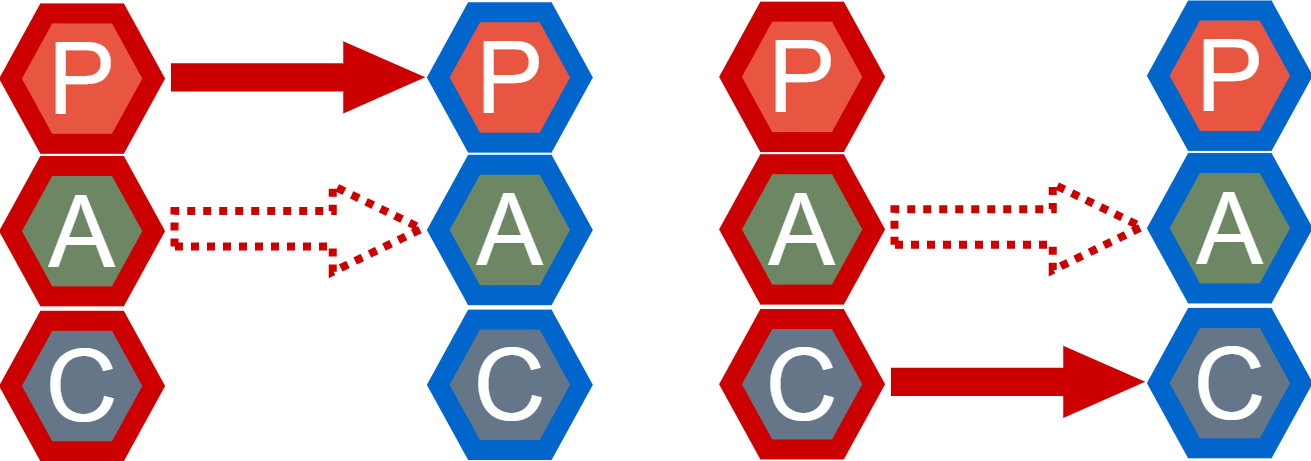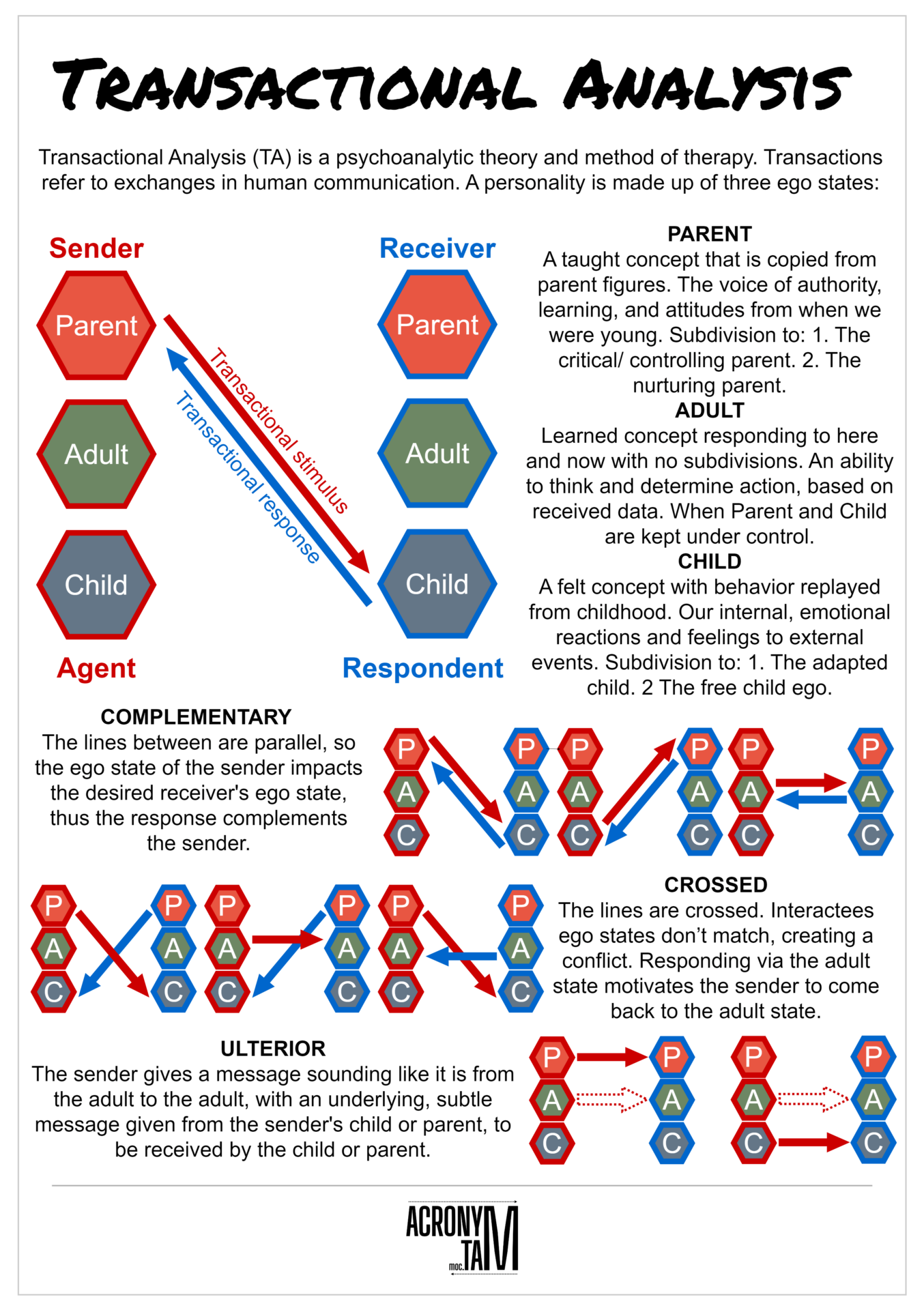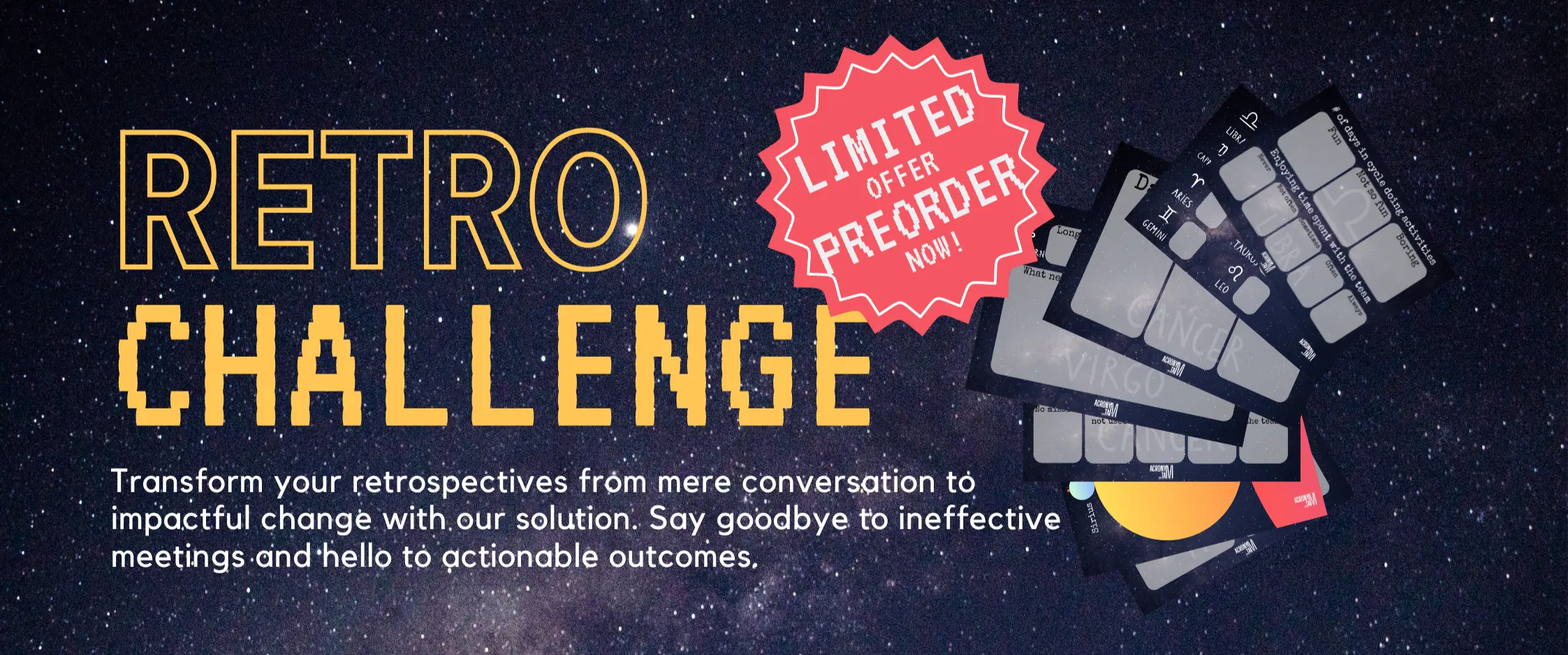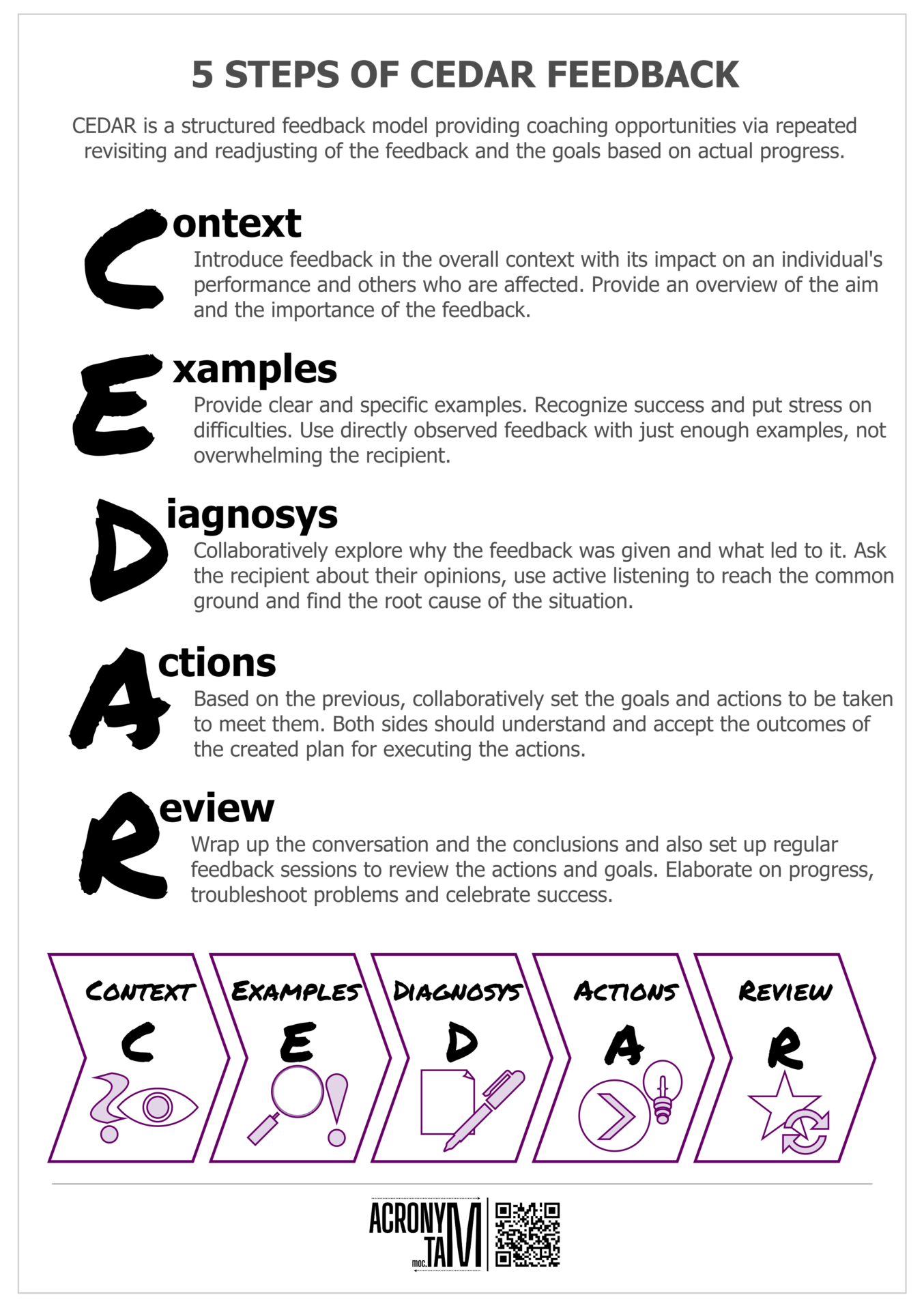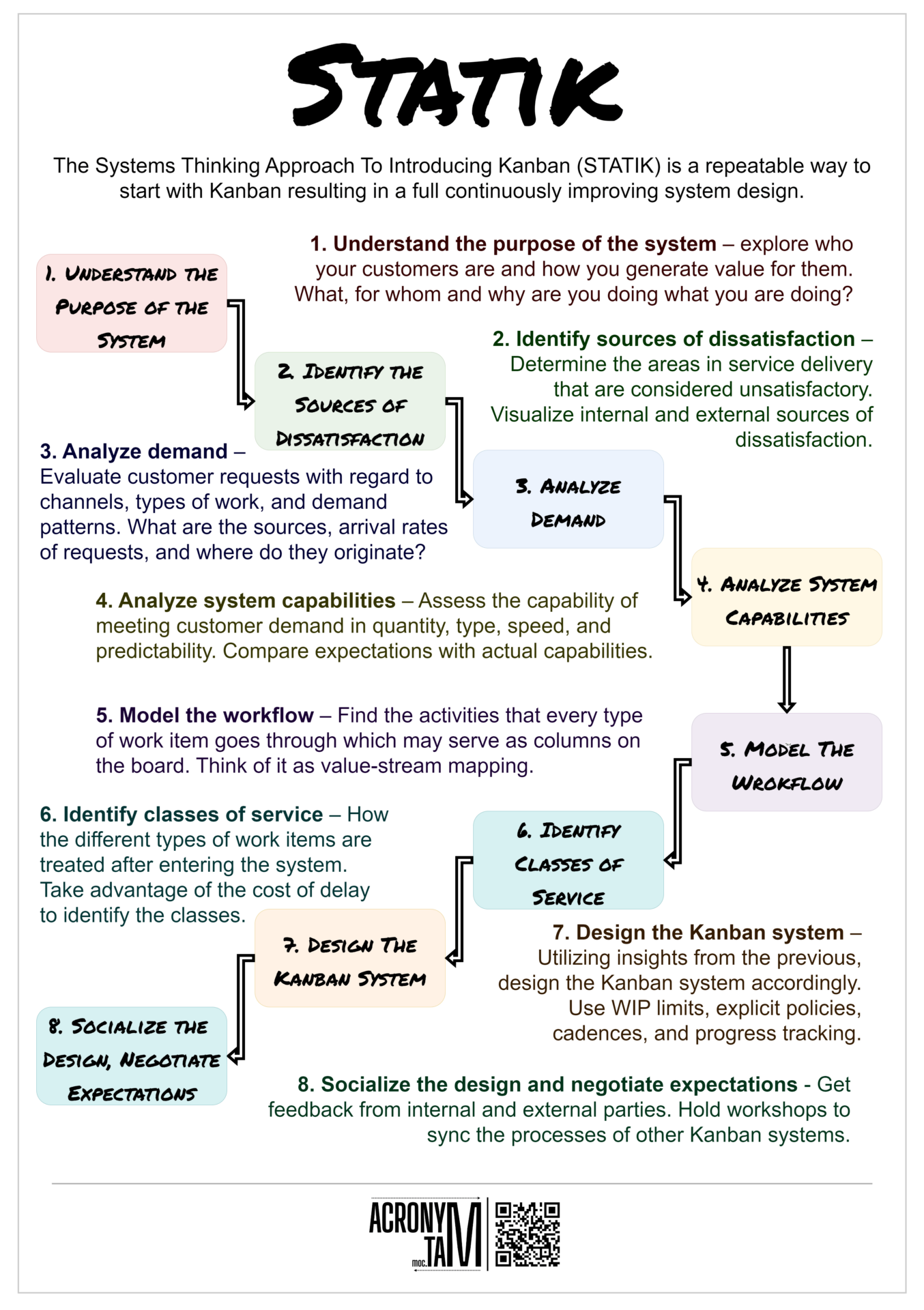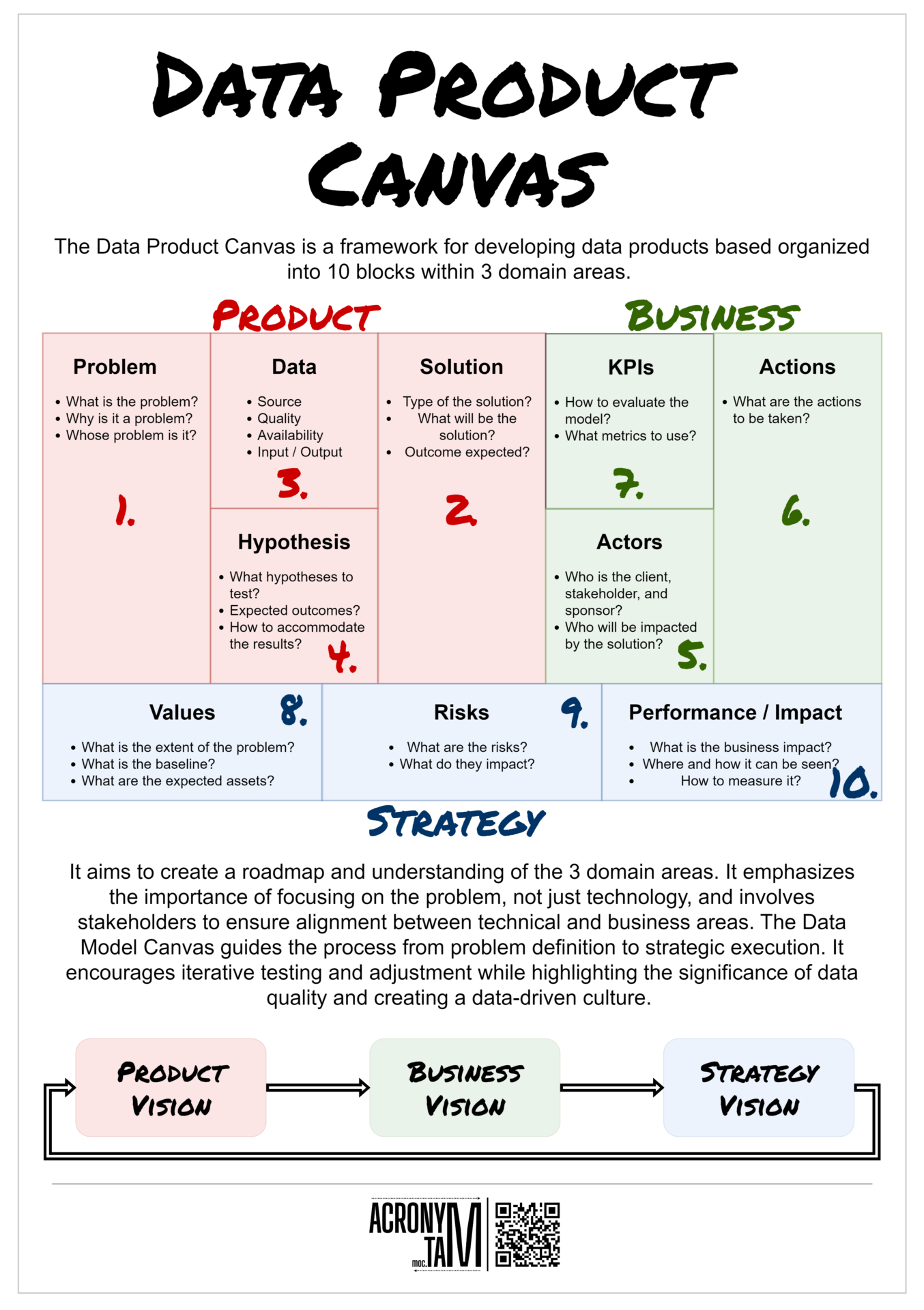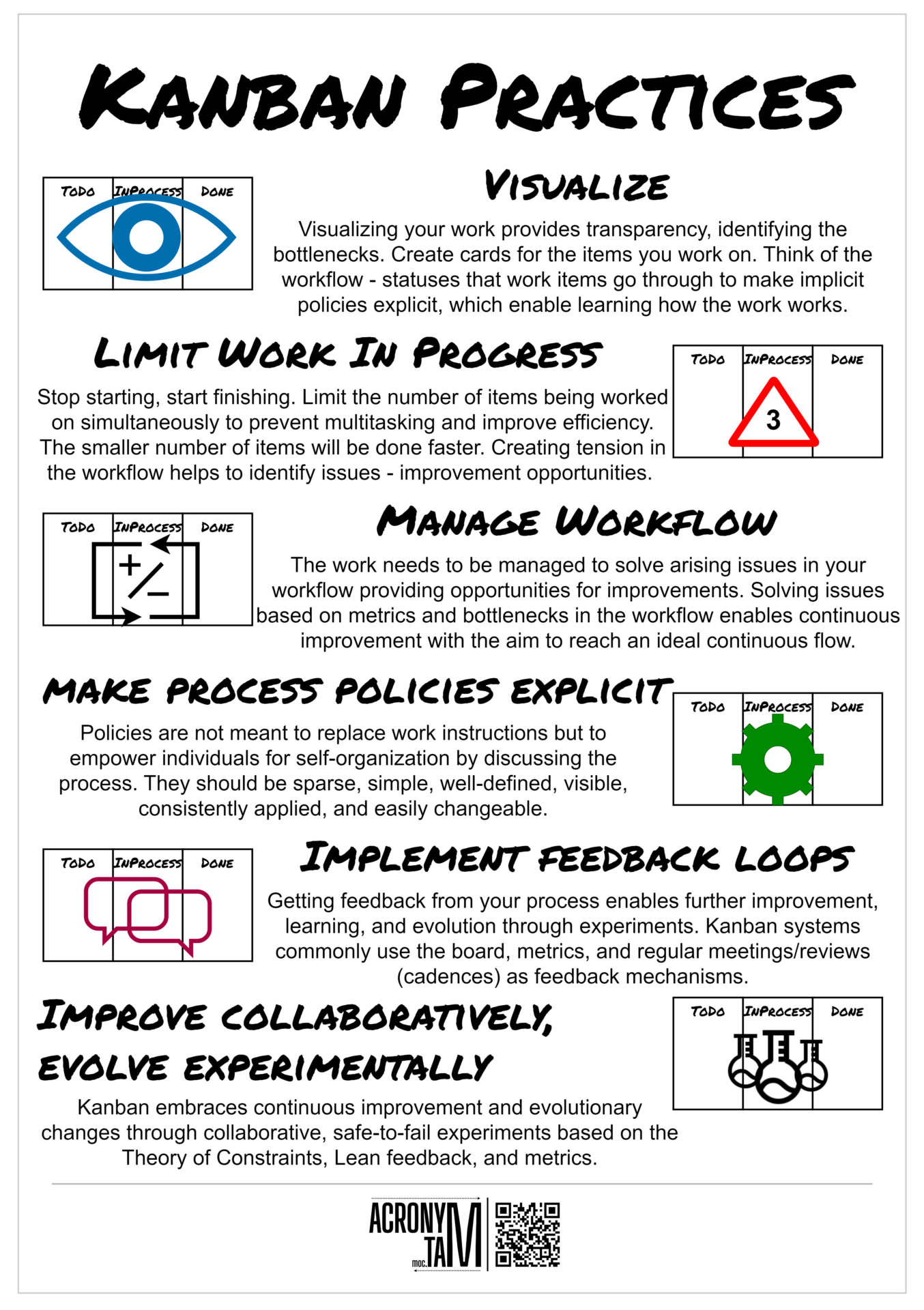Article
Transactional Analysis (TA) is a psychoanalytic theory and method of therapy. Transactions refer to exchanges in human communication. A personality is made up of three ego states: Parent, Adult and Child.
Transactional Analysis ego states
Parent ego state
A taught concept that is copied from parent figures. The voice of authority, learning, and attitudes from when we were young. Subdivision to:
- The critical/ controlling parent.
- The nurturing parent.
Adult ego state
Learned concept responding to here and now with no subdivisions. An ability to think and determine action, based on received data. When Parent and Child are kept under control.
Child ego state
A felt concept with behavior replayed from childhood. Our internal, emotional reactions and feelings to external events. Subdivision to:
- The adapted child.
- The free child ego.
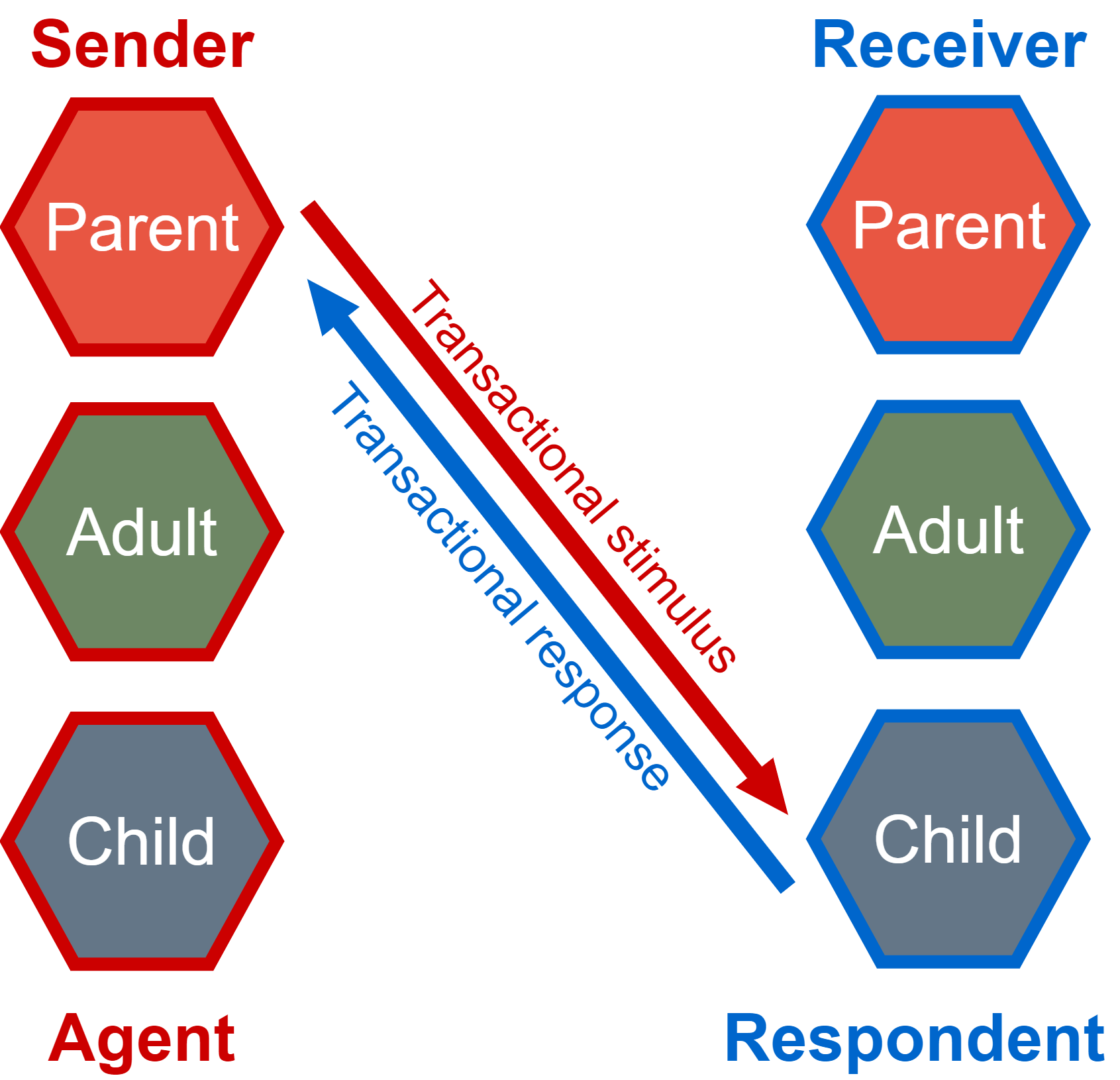
Transaction types
Complementary Transactions
The lines between are parallel, so the ego state of the sender impacts the desired receiver’s ego state, thus the response complements the sender.

Crossed Transactions
The lines are crossed. Interactees ego states don’t match, creating a conflict. Responding via the adult state motivates the sender to come back to the adult state.

Ulterior Transactions
The sender gives a message sounding like it is from the adult to the adult, with an underlying, subtle message given from the sender’s child or parent, to be received by the child or parent.
